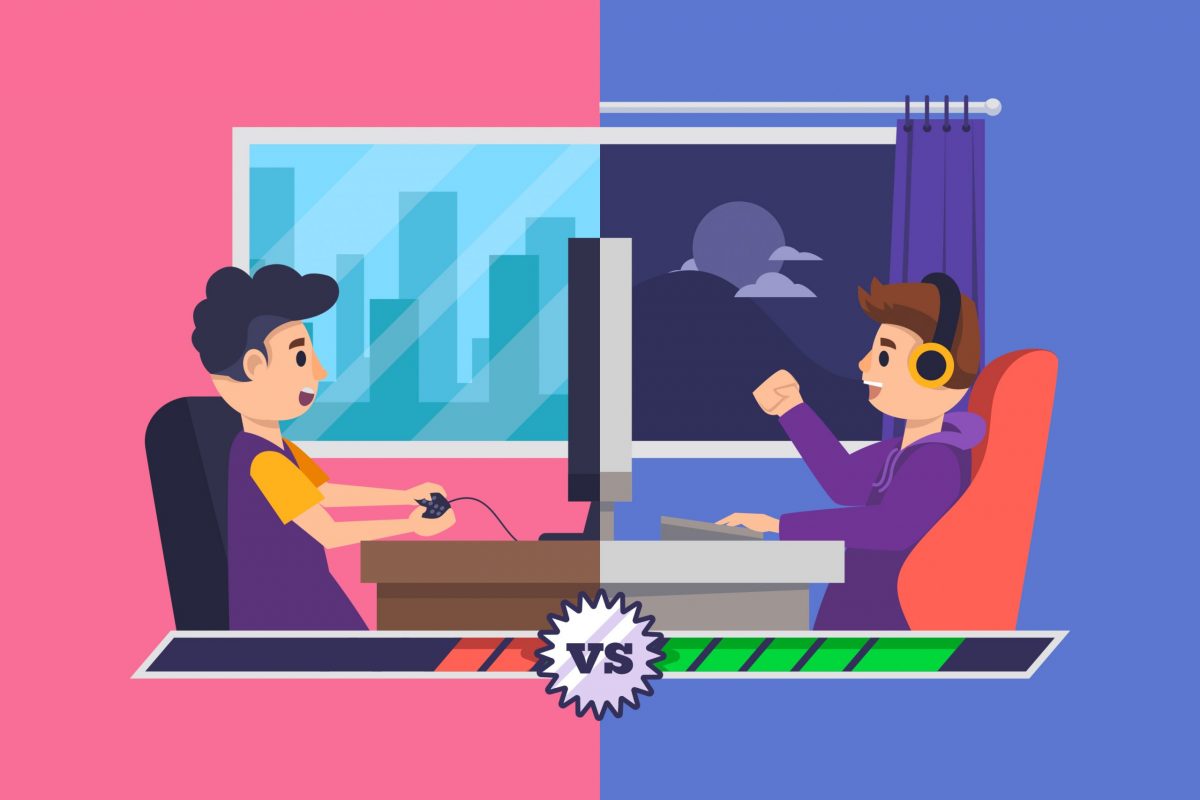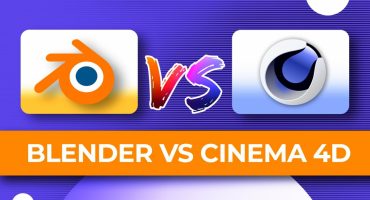
In the world of animation, there are two prominent styles that have been captivating audiences for years: 2D animation and 3D animation. Both styles have their unique charm and applications, but when it comes to choosing the perfect animation style for your project, it’s essential to understand the differences between the two and make an informed decision. In this article, we, as animation experts, will delve into the intricacies of 2D and 3D animation, exploring their characteristics, advantages, and best use cases, to help you outrank other websites and find the best fit for your project.
Understanding 2D Animation
2D animation is a traditional form of animation that has been around since the early days of the film industry. It involves creating movement in a two-dimensional environment, with characters and objects typically represented through flat, hand-drawn or digitally created images. The animation sequences are created by stringing together individual frames, creating an illusion of motion.
Advantages of 2D Animation
- Artistic Appeal: 2D animation offers a unique and charming artistic appeal that can be visually captivating. It allows animators to experiment with various artistic styles, making it versatile and suitable for a wide range of projects.
- Cost-Effective: Compared to 3D animation, 2D animation is generally more cost-effective, making it an excellent choice for projects with budget constraints.
- Quicker Production: Due to its simpler nature, 2D animation often requires less time for production, which can be beneficial for projects with tight deadlines.
- Retro Nostalgia: 2D animation carries a sense of nostalgia for many viewers, evoking memories of classic cartoons and animated films.
Best Use Cases for 2D Animation
- Cartoons and Animated Series: 2D animation has a long-standing history in the world of cartoons and is perfect for creating colorful, engaging characters and storylines.
- Explainer Videos: When you need to explain complex ideas or concepts, 2D animation can simplify and visualize information effectively.
- Advertisements and Marketing: 2D animation can be an excellent tool for creating eye-catching and memorable advertisements that leave a lasting impression.
Exploring the World of 3D Animation
3D animation, on the other hand, brings characters and objects to life in a three-dimensional space. It involves creating models, textures, and environments that can be manipulated to create lifelike movements and interactions. 3D animation has seen tremendous growth in recent years, thanks to advancements in technology and its ability to create stunning visual effects.
Advantages of 3D Animation
- Realism and Immersion: 3D animation can achieve a level of realism that 2D animation cannot match. It can create lifelike characters and environments that immerse the audience in the storytelling.
- Versatility: 3D animation is incredibly versatile and can adapt to various styles and genres, making it suitable for projects ranging from films to video games and architectural visualization.
- Dynamic Camera Movements: With 3D animation, animators can use dynamic camera movements to enhance storytelling and engage the audience effectively.
- Future-Proof: 3D animation aligns with modern trends and technology, ensuring that your project maintains relevance and appeal in the long run.
Best Use Cases for 3D Animation
- Feature Films: 3D animation is a go-to choice for many blockbuster films, allowing for intricate visual effects and realistic character performances.
- Video Games: The immersive nature of 3D animation makes it ideal for creating interactive and visually stunning video game experiences.
- Product Visualization: When showcasing products or architectural designs, 3D animation can provide a realistic representation and help clients visualize the end result.
Learn 3D Animation in 2023: A Comprehensive Guide to Mastering the Art
How to Become a 3D Artist: Unleash Your Creativity in the Digital World
Making the Right Choice for Your Project
As you embark on your animation journey, it’s crucial to consider the specific requirements of your project and your target audience. Here are some important considerations to help you decide:
- Budget Constraints: If you have a limited budget, 2D animation may be the more cost-effective choice, while still delivering an appealing final product.
- Artistic Style: Consider the visual style you want to achieve. 2D animation offers a wide range of artistic possibilities, while 3D animation excels in creating lifelike visuals.
- Project Deadline: If you are working with tight timelines, 2D animation’s quicker production process may be better suited for your needs.
- Audience Preference: Understanding your target audience’s preferences and expectations will help you select the animation style that resonates most with them.
- Complexity of the Project: For projects that demand a high level of realism and visual intricacy, 3D animation provides the necessary tools to bring your vision to life.
Conclusion
In conclusion, both 2D and 3D animation have their unique strengths and applications. The decision between the two should be based on a thorough understanding of your project’s requirements, artistic vision, and target audience preferences. By considering factors such as budget, artistic appeal, and project complexity, you can make an informed choice that aligns perfectly with your project goals.


















Leave a Comment